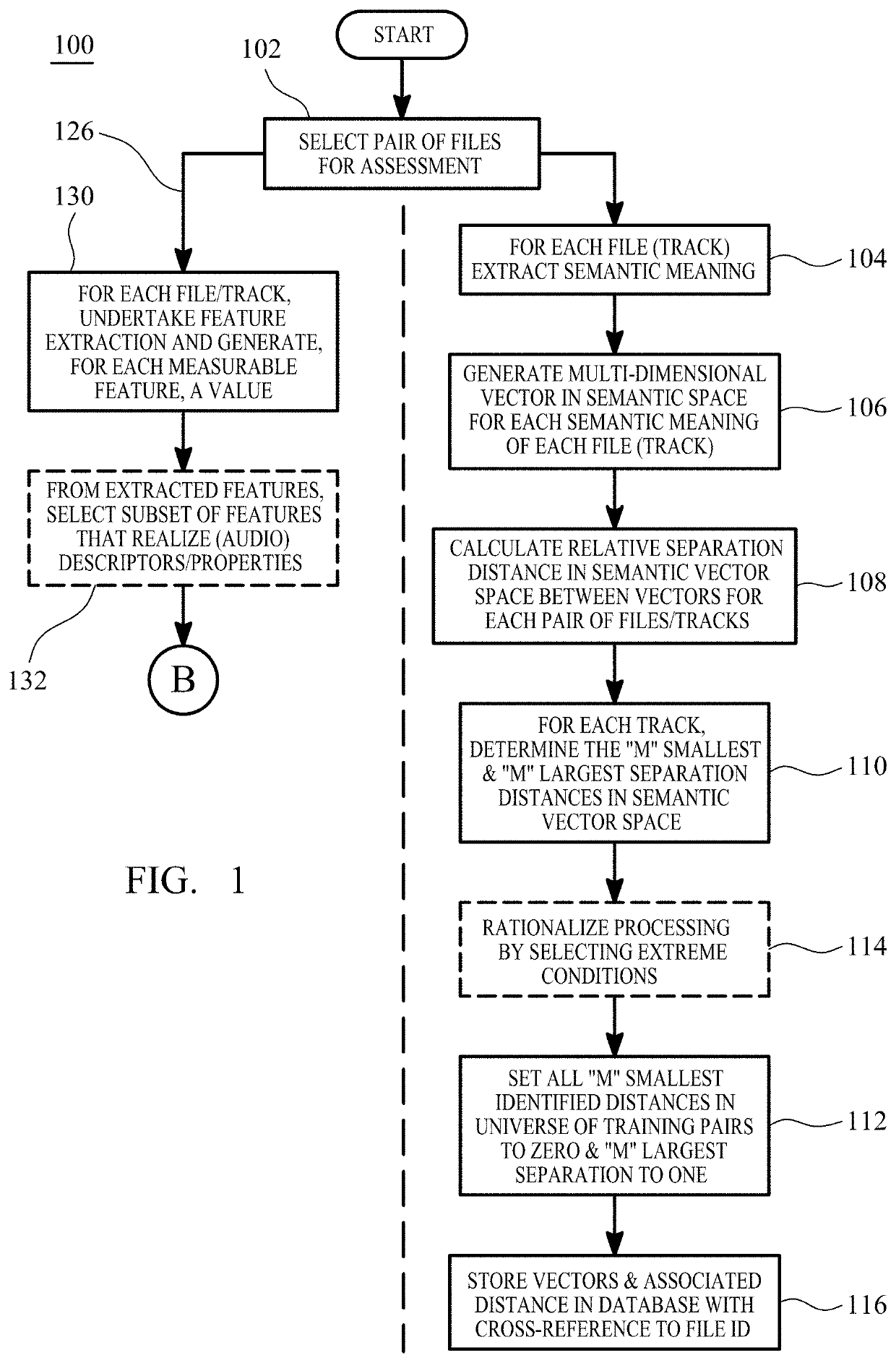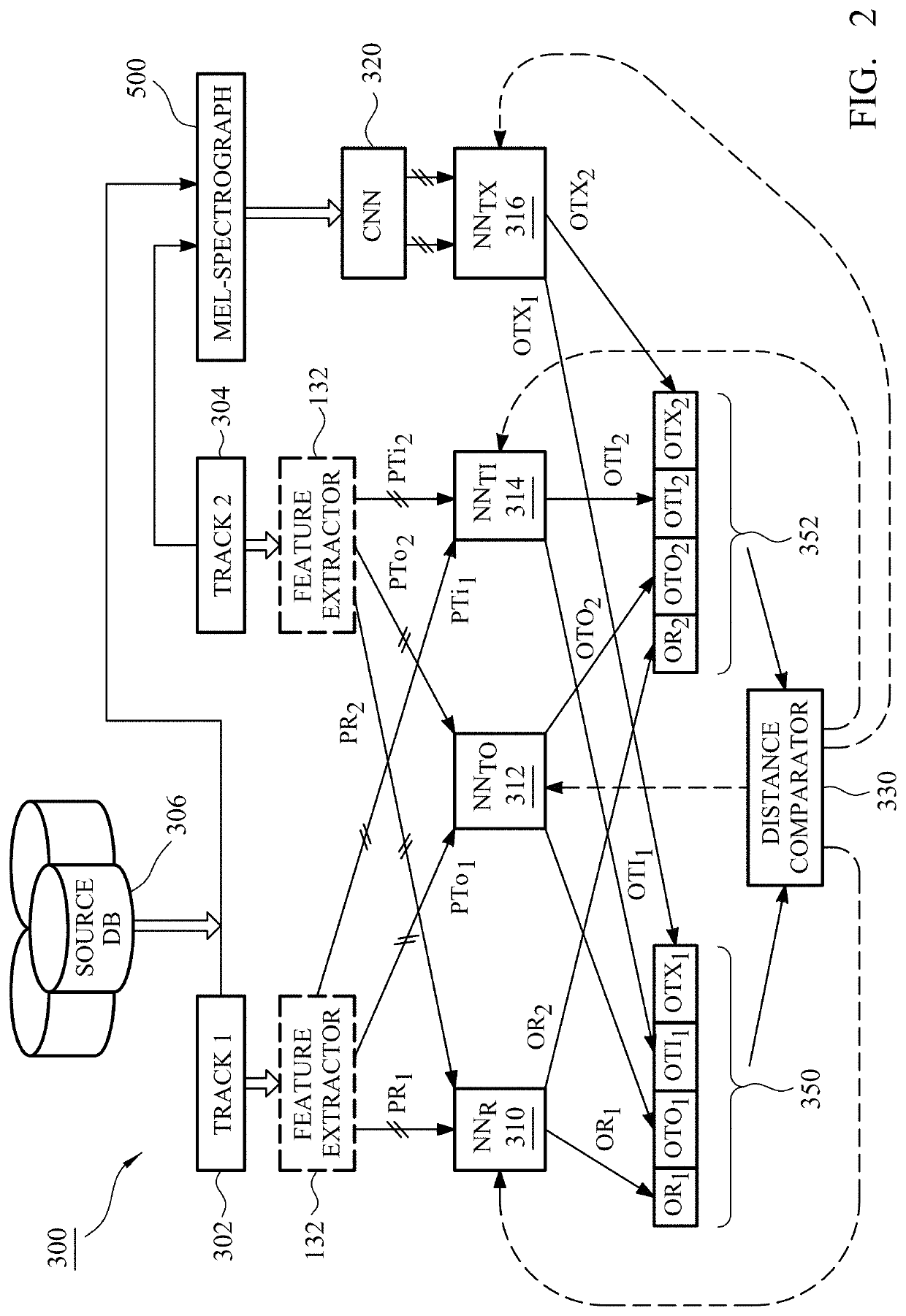This is a complex proposition not least because human opinion is based on subjective responses to stimuli and existing approaches in AI do not correlate well with emotional perspective responses.
This may, at first inspection, not appear problematic, but on an intellectual and real footing a fundamental problem remains because “there is no such thing as music, except as created, perceived, and experienced in the human mind.
Hence, existing AI modelling that, from its outset, is based on a degree of absoluteness (based on the interpretation of measured parameters) is fatally flawed with the consequence that it will generate, in the exemplary context of a musical search tool, inconsistent and / or spurious results.
The same problems exist with the identification and
categorization of other forms of expression, such as paintings or photographs or indeed interpretations of imagery, such as medical CT scans, or other purely descriptive expressions (such as a description of a smell, a
medical report or an outline of a plot in a work of fiction) to locate and assess, relative to a defined start point (e.g. a particular description of a fragrance or the tonality,
rhythm and
timbre of a
musical composition), the relevance of searchable electronic images and / or data that are either entirely unrelated or otherwise are potentially relevant to one another from the perspective of having an acceptably close set of subjective attributes, qualities or characteristics.
In fact, existing
AI systems cannot resolve semantically-relevant attributes and therefore can both overlook semantic similarities whilst accepting or suggesting that perceptually-distinct dissimilarities are closely related.
Whilst music sales are commercial and content perceptual and aesthetic in nature, there is no existing, straightforward and reliable mechanisms to locate tracks that share common musical characteristics honed to an individual's specific tastes.
These sub-species may share some overarching similarities in user-discernible compositional architectures that define the
genus, but frequently there are also significant dissimilarities that are sufficiently audibly or musically pronounced.
With typically
online music libraries each containing millions of songs—the iTunes® and Tidal® music libraries allegedly each contain around fifty million tracks—the problem exists about how these databases can be effectively searched to identify user-perceived common musical themes, traits or features between myriad tracks potentially spanning entirely different genres.
Collaborative filtering can reflect the personal preferences of a listener / user of the
library, but it is limited by the amount of user data available and so is not in itself a complete solution.
There is also the issue of “
cold start” which arises when a new (in the sense of an unknown or little known) artist [i.e. a novice, newcomer or “newbie” potentially signed by a recording
studio or
label] releases their first audio track or first album.
The problem is that the artist is unknown and therefore has no effective following either on-line or elsewhere, such as acquired listeners from promotion over the radio aether or television.
Expressing this differently, the lack of a listening history provides a roadblock both to making recommendations, such as through
collaborative filtering, or establishing a reputation and following for the newbie.
The problems for the
distributor, e.g. a
record label, are how do they raise awareness of the new artist, how do they categorize the nature [which arguably is variable since it is user-perceivable] of the new artist's music and, in fact, how do they link / insert the music into an existing music
library so that it is listened to, downloaded or streamed to ensure maximum
exposure for commercialization reasons?
The problem for the listening and / or streaming public or radio stations is that, in the context of these newbies, ‘they don't know what they don't know’ so the probability of randomly finding the newbie's initial foray into the world of music is slim and based more on luck than judgement.
Indeed, even with poor critical acclaim, newly-released music from a popular artist will be streamed, listened to and / or purchased so the “
cold start” problem does not exist for existing artists with an established following and listener base.
The cold-start problem therefore stifles
dissemination of music and also the potential evolution of new form of music.
Any track finding recommendation tool that throws up seemingly random tracks, such as those of existing systems that make use of
statistical analysis of
demographic data by other users with identified common interests or circumstances (e.g. age range 30-40, married with two children, working as an accountant and living in a mortgaged property in Staten Island, N.Y.), is ultimately poor and its use disregarded or discounted.
Another of the issues faced by the music industry is how best to augment the listener / user experience, especially on a personal /
individual level.
Further
time delays then arise from the instructing
client having to assessing whether the edit fits with their original brief.
In contrast, a critique of musical characteristics, although again making use of a neural network, has to date been generally hampered by the difficulties in resolving perceptually more subtle differences in musical structures.
 Login to View More
Login to View More  Login to View More
Login to View More 


